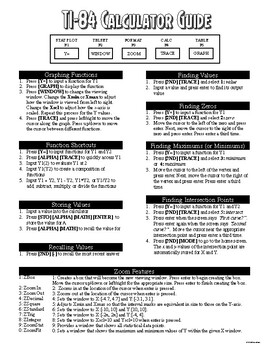

Several of his pendulum clocks to determine longitude at sea were built and tested in 1662. Later on, Christiaan Huygens (1629-1695) constructed the first working model of the cycloidal pendulum. He later realized he could use the principle to construct a clock, but he lacked the mechanical skills needed to actually build one.

The tautochrone problem goes back to the time of Galileo (1564-1642), who discovered that large, high-speed pendulum swings or small, low-speed swings take about the same length of time. A similar problem is the brachistochrone problem, which asks the question: What is the curve of fastest descent? The solution is also a cycloid.Īn inverted cycloid is the shortest path which a ball will roll down in the shortest time. The solution, discovered in May 1697 by at least five different mathematicians, is an (inverted) cycloid. The tautochrone problem addresses finding a curve down which a mass placed anywhere on the curve will reach the bottom in the same amount time, assuming uniform gravity. The Tautochrone Problem / Brachistrone Problem


Largest Inscribed Rectangle in a Circle.See also: Limit of Functions (main page).Completing the Square Method (Integrals).Function Intervals: Decreasing/Increasing.Wiggle Graph / Sign Graph: How to Draw One.Sketch the Graph on the Cartesian Plane.Subscribe to Webslice Re: Accelerated VCE reasoning by Aaron ( VIC Year 9 Discussion) July 22, 2022, 06:38:54 pm Accelerated VCE reasoning by leeknow2 ( VIC Year 9 Discussion) July 22, 2022, 06:14:52 pm Re: English Extension 1 Resources Thread by FloraD ( HSC English Extension 1) July 22, 2022, 06:09:01 pm Re: 35 study score after bombing 2 SACs? by james.Calculus Problem solving is a wide topic covering hundreds of possibilities from finding lengths and areas to calculating rates of change and continuity of functions.


 0 kommentar(er)
0 kommentar(er)
